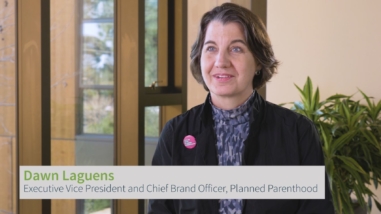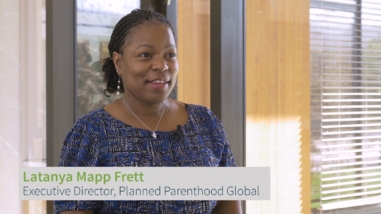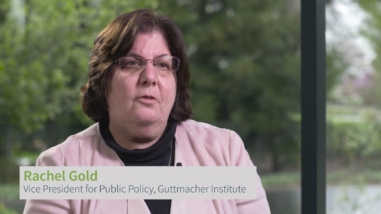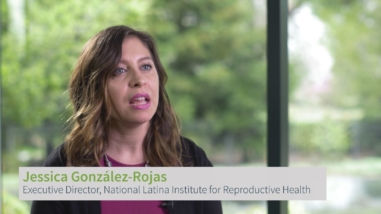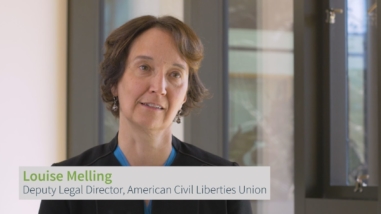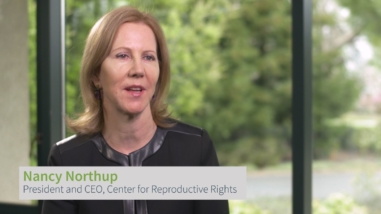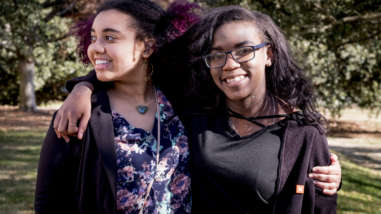Reproductive health and rights: 10 reasons for optimism
Women’s health, reproductive rights, and economic opportunities are front page news. They’re at the heart of debates over whether to roll back the Affordable Care Act’s broad coverage of birth control, restrict government reimbursement for services provided by Planned Parenthood, provide paid family leave, and expand child care options. And women around the world will be affected by the recent prohibition of U.S. aid to international organizations that provide abortion counseling or services. At the same time, there are signs of a global movement that connects reproductive rights with a broader set of issues that affect women: economic justice, gender equality, and even climate.
The Hewlett Foundation has long supported organizations working to ensure women can choose whether and when to have children and have full opportunities to earn a living. As these issues have become increasingly caught up in a polarized political environment, we spoke to 10 leaders who are keeping the goals of better health and life chances for women and their families at the forefront.
We asked: What brings hope and optimism to your work on women’s reproductive and economic choices?
The people we serve
For Monique Chanda, the girls she works with in Zambia give her hope. These young women learn about and access reproductive health services and she sees that avoiding pregnancy gives them the opportunity to finish school and plan their future. Similarly, Dawn Laguens is motivated every day by the Americans who rely on Planned Parenthood for information and services to build their lives and and achieve their dreams.
A global movement
EngenderHealth’s Ulla Müller is encouraged by the young people in America, including those at its program in Texas, who see themselves as connected to young people around the world. She says they are coming out into the streets to make their voices heard. And Latanya Mapp Frett, who runs Planned Parenthood’s global programs, saw the spirit of solidarity in women’s marches in Ghana, Burkina Faso, India, and the United Kingdom. Frett says the movement, like the world, is “interconnected.”
Expressed in art, grounded in evidence
Kalpana Krishnamurthy sees multiracial and multi-generational families advocating for reproductive and social justice as part of her work at Forward Together. But she is most excited about the “creation of beautiful art that is sharing the values that we’re holding in the moment.”
Rachel Gold, of the Guttmacher Institute, says data brings a “substantive foundation” to debates and that students, the media, policymakers, and the business community use it to connect what they see in their own lives “to the larger story and the larger dimension of the issues.”
The power of individuals and laws
Jessica González-Rojas, of the National Latina Institute for Reproductive Health, says the “cadre of Latinas across the country” who are dedicated to improving the lives of women, their families, and their communities brings her hope. Louise Melling, of the American Civil Liberties Union, has optimism because she sees how the “power of your own voice” can move neighbors, the legislature, and the courts. Nancy Northup, at the Center for Reproductive Rights, is hopeful because of the United States Supreme Court’s ruling in Whole Woman’s Health v. Hellerstedt that protects access to safe and legal abortion. And Planned Parenthood’s Cecile Richards says the number of people who have signed up and stepped out to support women’s health and equality means she “has never been more hopeful that the future is on our side.”
We want you to hear the voices of Hewlett’s Global Development and Population grantees who are helping expand women’s reproductive and economic choices, and promote government responsiveness to developing country citizens by increasing transparency, participation, and use of robust research and data in decisions.
What questions should we be asking? Please email your ideas or people you’d like to hear from.



